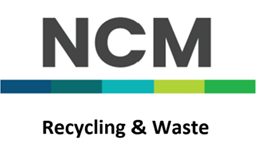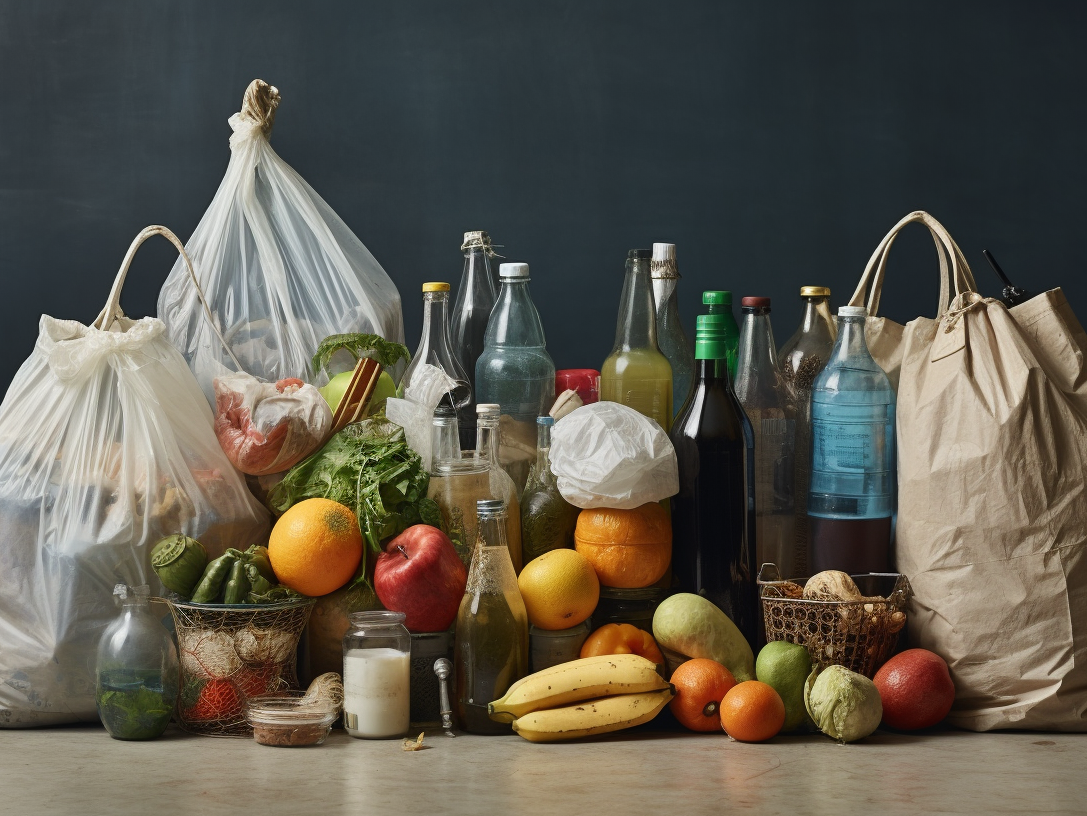
The Crucial Role of Effective Waste Management
In our rapidly modernising world, waste management has become a pivotal aspect of urban planning, environmental conservation, and public health. As global populations swell and urban environments expand, the importance of effective waste management systems cannot be overstated. These systems are crucial not only for maintaining cleanliness but also for ensuring sustainable development and minimising environmental impact.
Key Takeaways
• Advanced waste management technologies can significantly improve recycling rates and reduce landfill use.
• Strong policy frameworks are necessary to enforce sustainable waste practices.
• Community participation enhances the effectiveness of local waste management initiatives.
________________________________________
I. The Global State of Waste Management
The current global landscape of waste management presents a mixed picture. According to the World Bank, cities around the world generate about 2.01 billion tonnes of solid waste annually, a number expected to rise to 3.40 billion tonnes by 2050. This increase is driven by urbanisation, population growth, and economic development, particularly in low and middle-income countries. Managing this waste effectively is becoming an increasingly urgent challenge as failing to do so can lead to severe pollution, public health crises, and environmental degradation.
Case Study: Singapore’s Waste Management System, known for its cleanliness and innovative urban solutions, has implemented one of the most effective waste management systems in the world. The country has achieved a recycling rate of around 60% through policies such as mandatory recycling programs and significant investment in waste-to-energy facilities.
II. Challenges in Modern Waste Management Systems
One of the primary challenges in waste management today is dealing with the sheer volume and complexity of waste generated. Plastic waste, in particular, has become a symbol of the global waste crisis. The OECD reports that despite producing over 300 million tonnes of plastic waste each year, only 9% is successfully recycled. The rest ends up in landfills, incinerated, or leaks into the environment, causing significant ecological and health issues.
Impact of Mismanaged Waste Mismanaged waste can lead to blocked waterways, which exacerbates the risk of flooding, particularly in monsoon-prone areas of Asia. It also contributes to the global issue of marine litter, endangering aquatic life and affecting the health of ocean ecosystems.
III. Technological Innovations in Waste Management
In response to these challenges, technological innovations play a pivotal role. New technologies in mechanical and chemical recycling are making it possible to reclaim materials from waste that was previously considered non-recyclable. Additionally, advancements in sorting technologies enable more efficient separation of waste materials, thereby improving recycling rates and reducing contamination in recycling streams.
Highlight: Advanced Sorting Technologies: Advanced sorting technologies, such as near-infrared spectroscopy and artificial intelligence, are revolutionising the recycling industry. These technologies enhance the capability to sort waste with greater precision, thereby increasing the quality and quantity of material recovered. More about this can be read here.
IV. Policy and Regulatory Framework
Effective waste management also depends heavily on robust policy and regulatory frameworks. Governments around the world are implementing policies aimed at reducing waste production and enhancing recycling. For instance, the European Union has set ambitious targets to recycle 65% of municipal waste by 2035.
Innovative Policy: Revolutionizing Packaging: Some governments are focusing on reducing waste through innovative packaging solutions. By promoting biodegradable and reusable packaging, the amount of waste produced can be significantly lowered. Details on how packaging is being revolutionised can be found here.
V. Community and Individual Action
Community and individual actions are equally crucial in achieving effective waste management. When communities actively participate in scheduled recycling and waste reduction initiatives, the results are markedly improved. Educational programs that teach the importance of waste sorting and reduction can lead to significant behavioural changes across communities.
VI. The Path Forward: Sustainability and Waste Management
Looking forward, integrating waste management with sustainability goals is essential for global health and well-being. Sustainable waste management involves not only improving waste disposal and recycling methods but also addressing consumption patterns, product design, and material life cycles.
Long-term Strategy: Tackling the Landfill Dilemma One of the long-term strategies is addressing the landfill dilemma by reducing the volume of waste sent to landfills through increased recycling and reuse, as well as through the adoption of waste-to-energy technologies. Further exploration of this issue is available here.
Further Reading



































